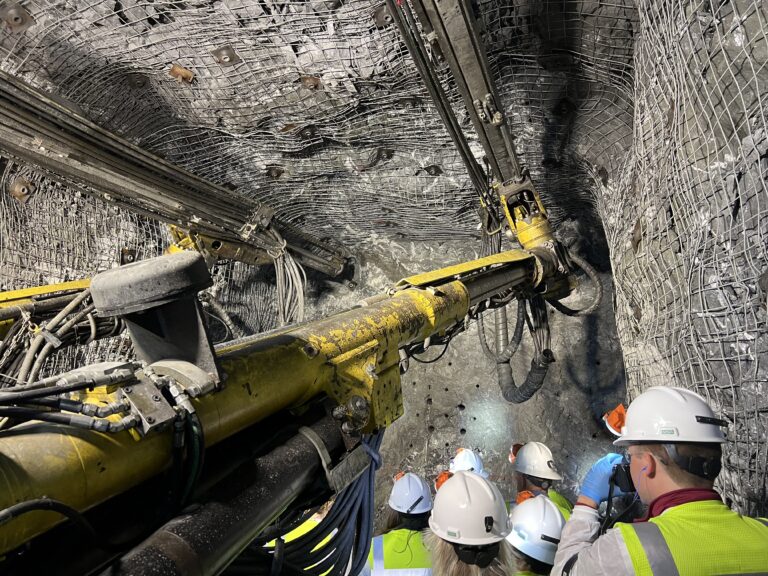By Michael Tavoliero
The Alaska Constitution does not pledge loyalty to the State, its bureaucracy, or its capital; it pledges loyalty to the people. Article I begins not with government authority, but with a declaration of inherent and God-given rights retained by the citizen, meaning the State exists only as their servant and fiduciary.
In Alaska today, that shift is seen in the way public institutions increasingly treat the Permanent Fund Dividend as government property rather than the people’s right. The constitutional duty runs from the State to citizen, not the other way around. Where government inverts this order, the law itself must be invoked to restore it.
John Cowell’s Monarchical Sovereignty
Every great constitutional principle has a moment of birth. England’s history is one of the dominate sources in American jurisprudence. There was a time when someone dared to claim what power most wanted to deny.
The phrase “no one is above the law” is one of those moments. It was born not in a courtroom or a modern democracy, but in the heat of an English quarrel four centuries ago, between John Cowell and Sir Edward Coke.
John Cowell was the eighth Regius Professor of Civil Law, directly appointed in 1594 by the Crown. In 1598, he became the master of Trinity Hall, Cambridge. This Mastership besides being the head of the college also signaled leadership of one of England’s chief centers for civil and canon law learning in the Elizabethan era. Moreover, he was a loyal servant of King James I.
England between 1600 and 1610 moved from hopeful stability under the new reign of James I to growing tension, as James’ claims of divine-right authority clashed with Parliament’s defense of common-law liberty.
In 1607, John Cowell published “The Interpreter”, the first major English law dictionary, written to explain legal terms, offices, and constitutional concepts to lawyers, judges, and educated readers. Besides Cowell’s entries on “Parliament,” “Prerogative,” “Recoveries,” and “Subsidies,” which were read as endorsing absolute monarchy over common-law limits and parliamentary authority, the word “King” produced a most remarkable upheaval.
Cowell wrote that the King “is above the law by his absolute power.” The law, he said, was “his creature.” The people had no right to limit him. Parliament itself was but his instrument.
It was the distilled essence of monarchy: law exists because the sovereign wills it. Cowell’s logic was pure absolutism. The ruler stands above the rules.
Sir Edward Coke’s Defense of Liberty
Sir Edward Coke, then Chief Justice and one of the greatest common lawyers in English history, responded with fury. He reminded Parliament that England’s constitution was older than any monarch. In his Institutes of the Laws of England, Coke wrote words that still echo through every free society:
“The King himself ought not to be subject to man, but to God and to the law, for the law makes him King.”
That was the reversal. Cowell said the king made the law. Coke said the law made the king. It was more than a legal dispute; it was a moral declaration that no man, however crowned or elected, may stand above the law that gives him authority.
As a result, King James I was caught between supporting Cowell’s royalist theory and needing Parliament’s subsidies. Parliament sided with Coke. Cowell’s book was condemned as “pernicious,” publicly burned, and ordered suppressed by King James, who was forced to retreat. For the first time in English history, the monarchy was told, in the open, by law, that its power was limited.
Out of this confrontation grew the English Civil War, the Glorious Revolution, and the Bill of Rights of 1689. From there the idea crossed the Atlantic to a generation of American colonists who took it further than even Coke had imagined.
Alaska Participates in the Conversation
Jefferson, Madison, and Adams all built on the Cokean principle: the law precedes government. The Constitution is not an act of grace but a constraining chain limiting the power of the State. Sovereignty belongs to the people only within the boundaries set by God-given right.
Today, the struggle has shifted forms but not meanings. Where once men like Cowell defended the absolute power of monarchs, we now defend the absolute power of majorities, bureaucracies, or executives. The claim has changed uniforms but not substance: someone still believes they are above the law.
When a legislature treats the constitution as advice, or an agency spends what it has not been granted, we redress Cowell’s argument in modern clothes. The sovereign may have changed, from king to government, but the temptation remains the same.
In Alaska, when lawmakers reduce the Permanent Fund Dividend not by law but by appropriation, when constitutional protections and the law are treated as inconveniences, we see the quiet return of Cowell’s logic: that law is whatever those in power declare it to be.
The State is the Tool of the Law
The phrase “no one is above the law” is often used to celebrate accountability of public officials. But its meaning runs far older and deeper.
It means that law is not the tool of the State; the State is the tool of the law.
The State is the organization of political means. It does not create wealth but takes it through taxation, regulation, compulsion, and command. The State is therefore not the source of right, but its subordinate, permitted to act only within limits set by a moral and legal order that comes before it and stands above it.
Its authority is not inherent; it is borrowed, and it remains legitimate only so long as it serves the rights it did not create and cannot erase.
In a republic founded on natural rights, to stand “above the law” is to stand outside the moral order that justifies political power at all.
The PFD: A Right Given by Law, not a Privilege Given by Government
John Cowell believed sovereignty was absolute. The absolute power of a monarch created law. Edward Coke taught that sovereignty was conditional because law limits power. Their quarrel gave birth to modern liberty.
But that liberty, like every inheritance, must be defended in each generation, or it quietly dissolves into the same complacent servitude it once overthrew. We should remember that “no one is above the law” is not a slogan. It is a warning. It means that when lawmakers rise above law, citizens fall beneath it.
So, it is with the Permanent Fund Dividend. Since its first check, Alaskans have not only received a dividend, they have received it in a quantified and formula-defined amount, derived from the annual earnings of the Permanent Fund and calculated openly, consistently, and without interruption under a constitution which demands stewardship.
The State itself taught the people what their share was. The legislature reaffirmed the formula each year. Households built their lives and planned around it. Children grew up expecting not charity, but their portion of the commonwealth.
This is possession in the fullest legal and moral sense. Under the doctrine of equitable estoppel, the State cannot now claim that this decades long practice was merely discretionary. And under the principle of long-settled possession, the people’s right has ripened not only in kind but in amount. The share is not abstract; it is measurable, because it always has been measurable. A right without its measure is no right at all. It is permission.
To uphold the PFD now is not to grant a privilege, it is to recognize and secure a vested, quantified right already earned and already lived. It is to ensure that sovereignty remains with the people, that government remains their servant, and that the wealth of Alaska continues to belong to those to whom it was promised: the people themselves.








